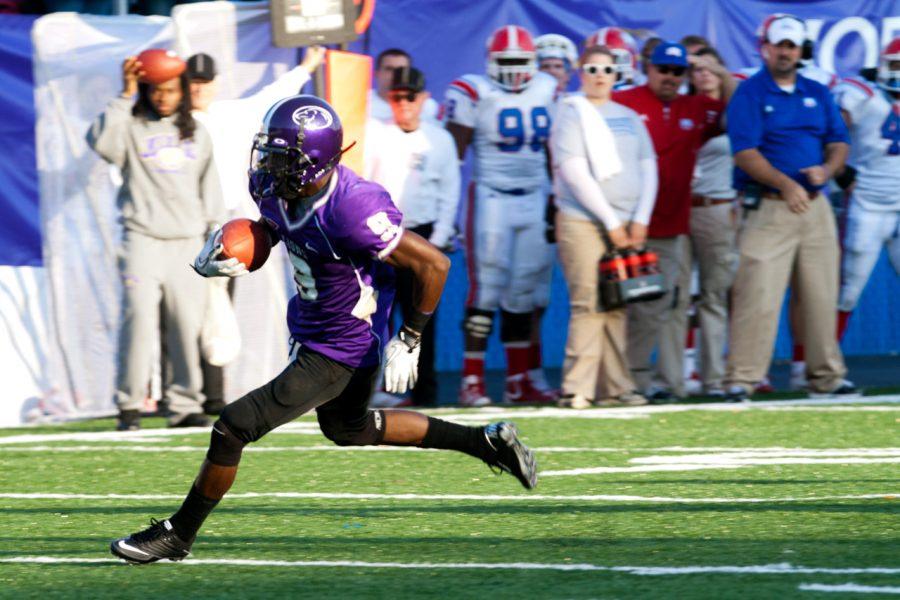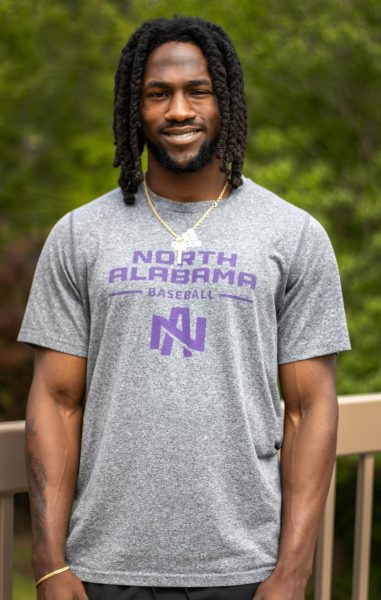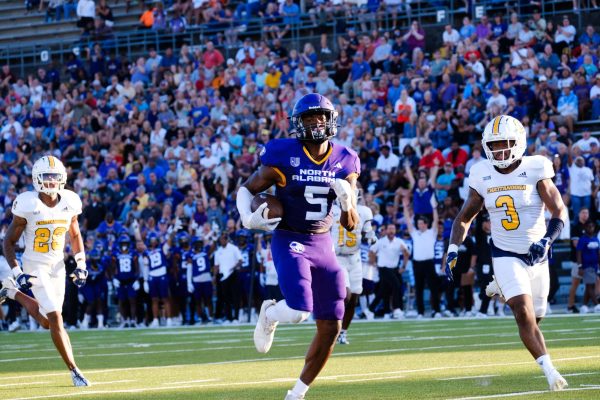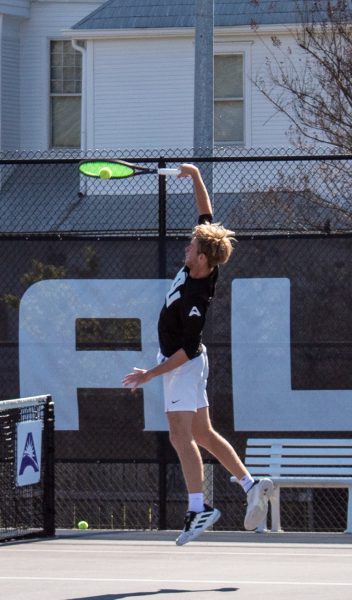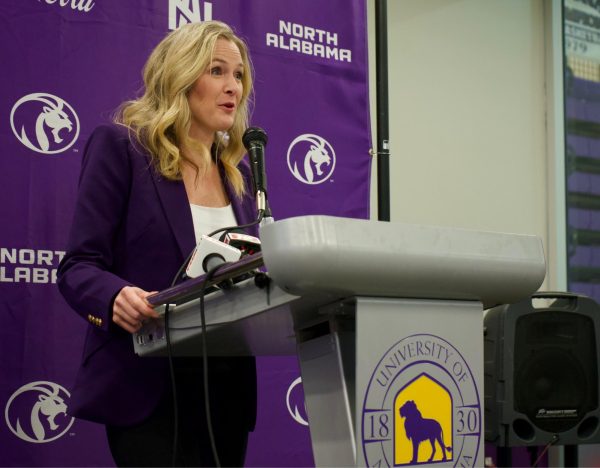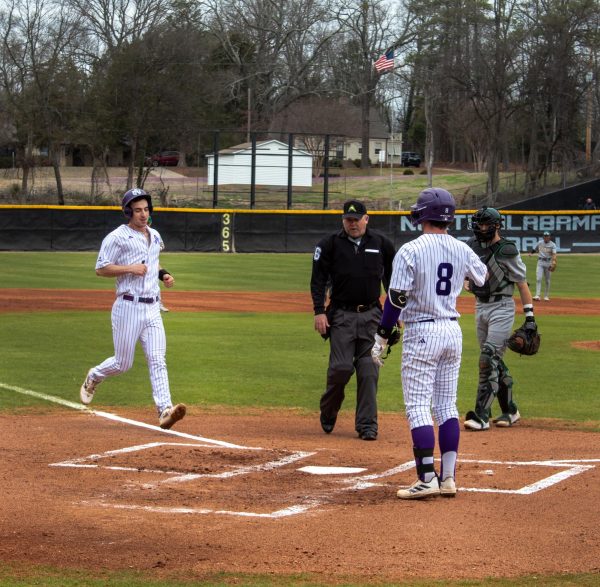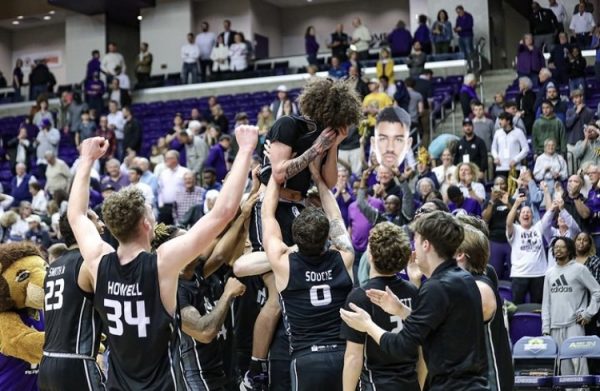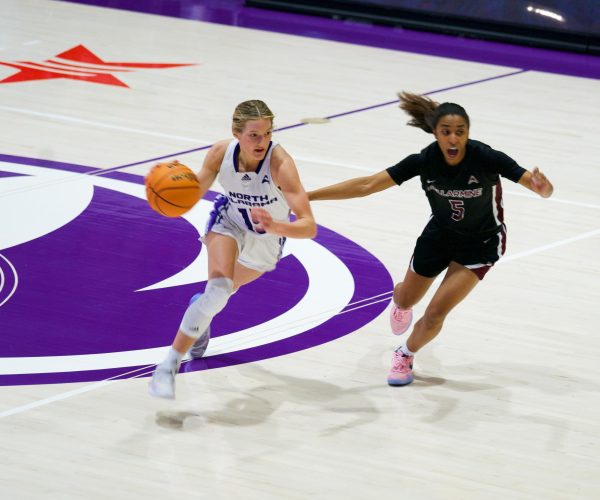Recruiting rules important to collegiate athletics programs
March 1, 2012
NCAA rules state specific times for recruiting to occur with college coaches evaluating and talking to potential athletes; however, for many coaches and teams, it’s a constant job.
Every athletic team is different with recruiting rules, availability for contact and evaluation, as well as quiet and dead periods.
The UNA football team signed 41 athletes on signing day—37 high school athletes and four transfers. This came at the time of hiring new head coach Bobby Wallace.
As stated by the NCAA, Division II football is to follow this NCAA calendar: June 1, 2011, to the beginning of the prospect’s high school or two-year college football season (as determined by the first regularly scheduled practice immediately preceding the start of the regular season) is considered a quiet period.
During the prospect’s high school or two-year college football season (as determined by the first regularly scheduled practice immediately preceding the start of the regular season) is considered an evaluation period. Nov. 1-30, 2011 is considered an evaluation period.
For two-year college prospects, the conclusion of the prospect’s two-year college football season, or the conclusion of the institution’s regularly scheduled contest rather than the conclusion of the institution’s final postseason contest) through Nov. 30, is considered a contact period. Dec. 1, 2011 through March 5, 2012 is also considered a contact period.
Jan. 30 through Feb. 1, 2012 is a Dead Period. March 6 through May 31, 2012, is a Quiet Period. April 15 through May 31, 2012 is an evaluation eeriod. Four weeks selected at the discretion of the member institution and designated in writing in the office of the director of athletics.
Authorized coaching staff members may evaluate a high school football all-star game any time of the year, provided the game occurs within the state in which the member institution is located, according to NCAA rules.
Running back coach Stedman Campbell said recruiters were able to find several players in the first week they managed to sign. They wanted to have a local presence for the UNA team this year.
“Every year can be a little different; we’ve obviously switched philosophies with Coach Wallace coming in compared to the last three years,” Campbell said. “This year, the main thing we wanted to do—as far as recruiting goes—is too sure up some local, high school relationships. We basically drew up a ratio of so many miles and said we wanted to get through every high school within this radius.”
He said this year, it was a quick recruiting process.
“With the change of staff and the late start they had, they did not have a lot of leg work done until the first of January,” he said. “It’s just like any other sales job; you have to go door to door, school to school.We had to hit the ground running, build relationships and evaluate players all at the same time.”
Assistant men’s basketball coach Kyle Morris said his goals in finding athletes to play for UNA are those students who first and foremost take care of business off the floor.
“Not only do they need to be talented and very skilled athletically, but we try to bring in kids who are really good for our program,” Morris said. “We want those that will benefit from the community, but will also help the community and the campus off the floor as well as on the floor.”
Morris said he believes high school athletes bring in a foundation for a successful program, but the upcoming class for the UNA basketball team will lose five seniors—four being starters—so recruiting transfers will be key for this UNA team next year in order to put experience on the floor.
“We try to bring in one to two high kids every year,” Morris said. “At our level right now, it will be hard for high school kids that we will need to play right away, so, obviously losing four starters, we’ll have to bring some transfers in. We do like bringing high school and local kids from the area. Looking at our players, Warrick Mastin is from Muscle Shoals and Nick Luttrell and Wes Long are both from Tennessee.”
Athletic Director Mark Linder said he allows coaches to make their own decisions in how they recruit athletes.
“My philosophy is to allow coaches to set their own recruiting philosophy,” Linder said. “The reason I do that is so they can put in place the systems that they want to put in place. Secondly, it’s also a way that we can hold them accountable.”


